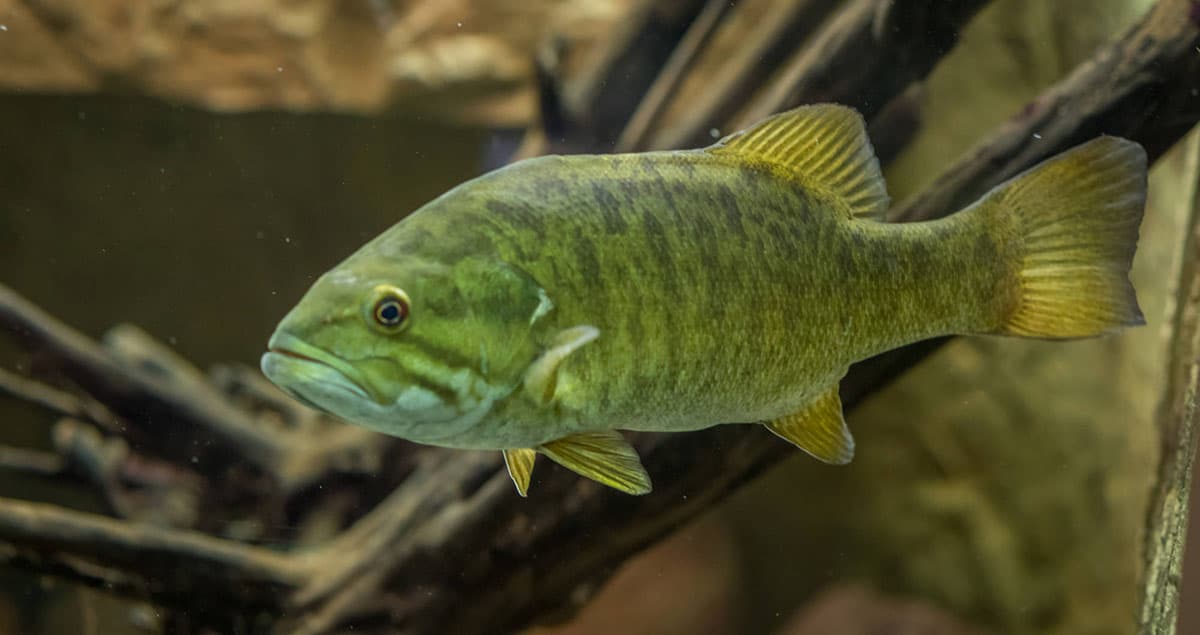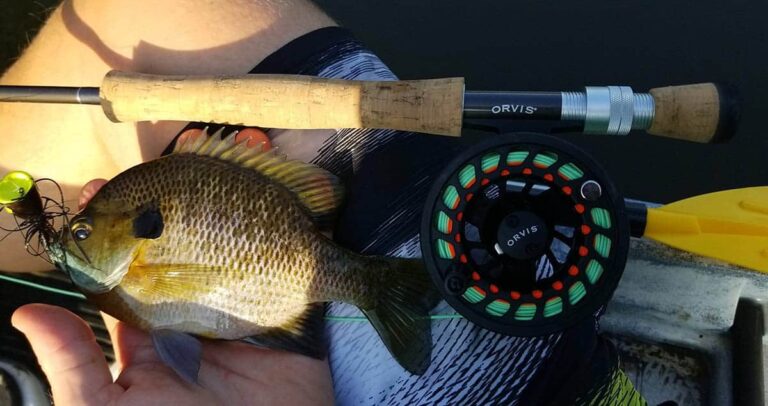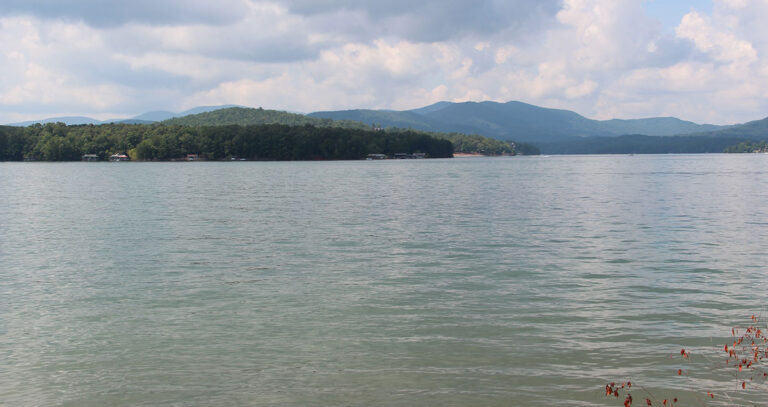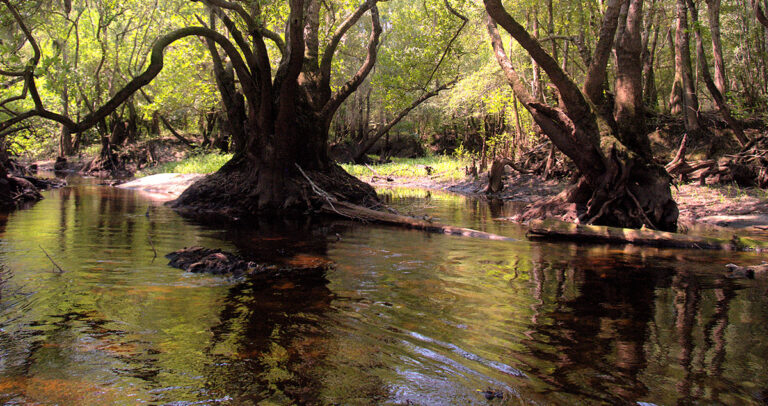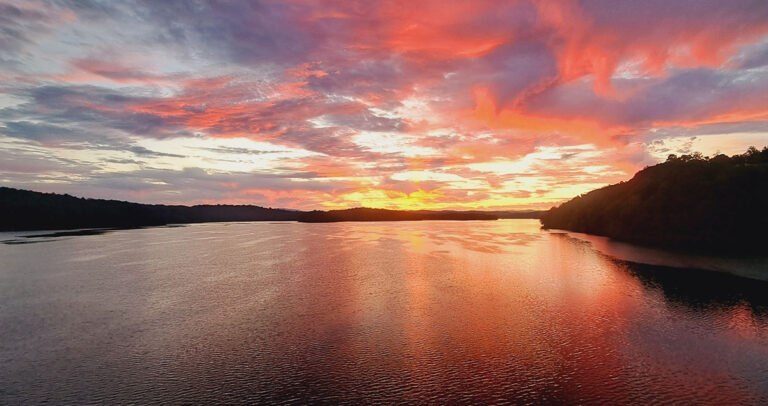Where to Fish for Smallmouth Bass in Georgia
Aggressive strikes and acrobatic fights separate smallmouth bass from many other freshwater species. These beautiful fish are found all over the United States in various bodies of water including parts of Georgia. Georgia smallmouth are always going to test your fishing skills and leave you wanting more. Few fish are as addicting to catch as smallies!
About Smallmouth Bass
Smallmouth bass (brown bass, bronze bass, smallie) are a part of the black bass family. These fish are found all over North America and are able to grow upwards of 10-12 pounds and over 25 inches long. Their populations are not as high as their largemouth bass relative, but they’re still reasonably prevalent across the United States.
They are native to the eastern side of the United States. The Tennessee River system, Mississippi River, St. Lawrence River, Great Lakes system, as well as the Hudson Bay basin, are where anglers were first able to catch them before they were transported all over the rest of the country.
Females are generally larger than males, but the size is dependent on the type of water where they’re living. Smallies are able to live in large rivers, reservoirs, lakes, streams, and ponds. Generally, they prefer cooler water that’s highly oxygenated. If smallmouth are in the water, then that’s a sign that it’s a healthy ecosystem.
Smallies prefer water that’s between 40 and 70 degrees. Water temperatures between 50 and 60 are the sweet spot.
They’ll hang out near structure, gravel bars, and slack water as they wait in anticipation of food. They have ambush predator tendencies, but they aren’t afraid to roam and search for prey. They prefer crustaceans, insects as well as small mammals in their diet. When they locate something they want to eat, they’ll stop at nothing to get it.
Where They’re Found
Georgia falls within the range of native smallmouth bass populations. They can be found in numerous watersheds throughout the state.
To many anglers’ dismay, the smallmouth populations in Georgia have fluctuated over the years due to various factors.
However, anglers are still able to find populations of smallmouth bass across the state. The Tennessee River Basin starts at the Holston and French Broad Rivers near Knoxville, TN, and stretches across 40,900 square miles including a decent amount of North Georgia.
These fish have also been introduced and distributed in the Chattahoochee and Savannah River Basins. The Chattahoochee River Basin begins in the northeast corner of Georgia and stretches all the way south along the border of Alabama and Georgia. It eventually empties in the Gulf of Mexico.
The Savannah River Basin is found all along the border of Georgia and South Carolina. This 300-mile stretch of water is another common place for anglers to find smallmouth bass.
The Georgia Department of Natural Resources regularly stocks smallmouth bass all over lakes and rivers across the state. In 2020, the state stocked around 80,000 fingerlings across all different bodies of water.
With the continued efforts of local anglers as well as state representatives, the smallmouth bass population is slowly beginning to be self-sustaining. The stocking efforts will continue as long as it’s necessary.
Other bass populations in Georgia are Largemouth, Altamaha, Bartram’s, Chattahoochee, Redeye, Shoal, Spotted, Alabama, Suwannee, Tallapoosa, White, and Striped. All of these populations can impact the population of smallmouth bass.
There has been a continued effort to moderate populations of spotted bass to allow for the smallmouth bass population to continue to grow.
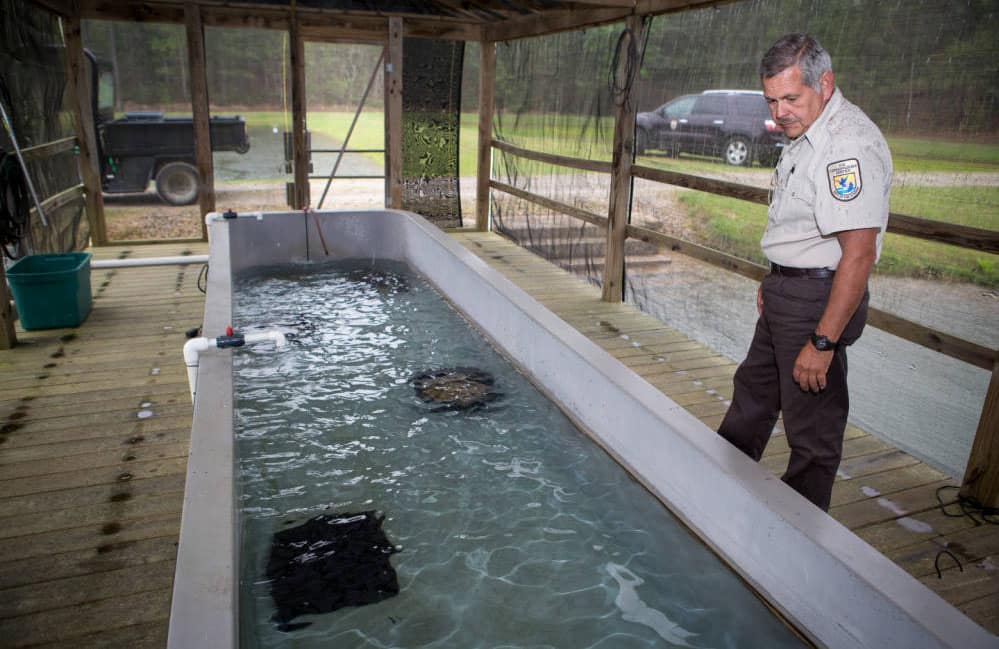
Where to Catch Them
Smallmouth bass populations are found more in the northern part of the state due to the higher elevations and cooler water. While they’re tough fish, they are fairly picky about the conditions where they’ll live.
Blue Ridge Lake
Like many smallmouth bass fisheries in Georgia, Blue Ridge Lake has seen fluctuations in the smallmouth bass population. However, more awareness has been brought to the situation, and continuous efforts by a variety of parties have kept it steady.
Blue Ridge Lake is located just south of the Tennessee border near Morgantown. It’s an ideal body of water for smallmouth bass to thrive. This 3,290 acre reservoir has water that is upwards of 100 feet deep. The entire lake is very rocky, so smallmouths have plenty of places to hide.
There are numerous drop offs throughout the lake which provide plenty of places for smallmouth to hang out. They’re not afraid to roam in the open water and explore for food. As smaller prey drops down into the deeper water, smallmouth will pounce.
There are also several sections of Blue Ridge lake that are considered “flats.” These flats are next to large drop-offs, so smallmouth will hang out in the shallow water and move towards the deeper sections if the temperatures get too warm. If possible, look for these flats and spend your time fishing on them. If the flats are slow, hang out near the drop-off and you’ll likely have success.
If you can find the fish and the wind is blowing, you’ll have a hard time not landing nice sized fish. The wind blows in plankton and a variety of other food causing the smallmouth to be more active.
Toccoa River
Toccoa River is the river that is dammed to form Blue Ridge Lake. To land the most smallmouth, you’re going to want to fish above the lake. Not only is the public access a bit better than what you’d find below the lake, but the smallmouth bass populations are higher.
There are deep holes in this section of the river that make for perfect holding points for smallmouth. They’ll sit deep and wait for bait to flow into the pools. Once it does, it’s game over. They’ll strike from the depths and the prey won’t even know it’s coming.
Savannah River
The Savannah River has slowly increased its number of smallmouth bass. They were introduced to the Savannah River illegally, but they’ve found ways to sustain their populations. While other lakes and rivers have lost some numbers, the ecosystem within the Savannah is proving itself to be friendly to smallies.
The Augusta Sholes section of the Savannah River gives anglers the best chance to land a smallmouth. It’s open for anglers to both wade and float depending on your preference.
Located just north of the town of Augusta, this 4-mile section of river has everything you would want in a smallmouth fishing experience. The rocky river bottom, heavy vegetation, deep sections, and large crayfish population give smallmouth everything they need. Plus, the water temperatures stay fairly consistent throughout the year, so the smallmouth in here are never overly stressed.
Chattahoochee River
The Chattahoochee River between Atlanta and Roswell is another section of water that holds a nice amount of smallmouth bass. You’ll find that the section above Bull Sluice Lake is going to be the most productive. Similar to the Savannah, the rocky and deep sections of water are exactly what the smallmouth needs.
You’ll have to stay patient when fishing this section of the river. The fish can be fairly picky due to the pressure that they receive, but there are 3 and 4-pound fish swimming through these waters. If you’re close to Atlanta and are looking for a place to find smallmouth, then it’s best to start on the Chattahoochee.
Final Thoughts
The ups and downs of the smallmouth bass population in Georgia are proof enough that these fish are tough and resilient. They’ve found their place in numerous watersheds across the state giving anglers of all skill levels a chance to land them. Smallmouth have earned the respect of anglers all across the world, and Georgia anglers are fortunate to have the chance to catch them.

